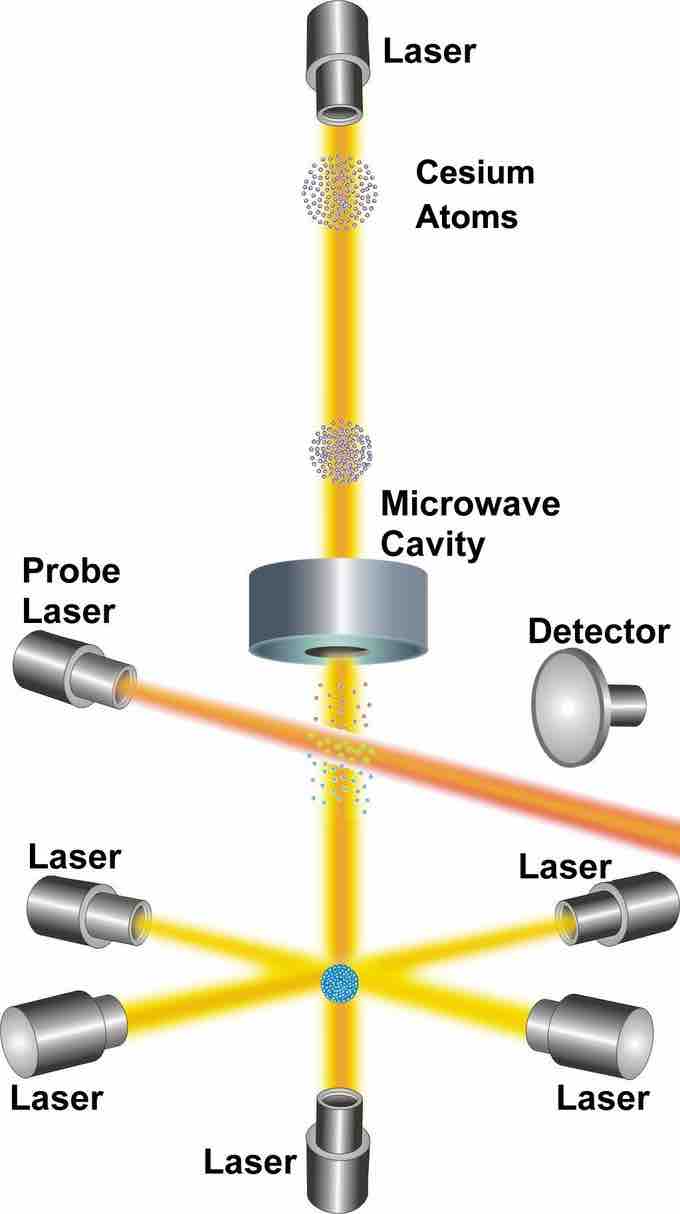Time is one of the seven fundamental physical quantities in the International System (SI) of Units. Time is used to define other quantities, such as velocity or acceleration, and as such, it is important that it be standardized and quantified precisely. An operational definition of time is highly useful in the conduct of both advanced experiments and everyday affairs of life.
Historically, temporal measurement was a prime motivation in navigation and astronomy. Periodic events and motion have long served as standards for units of time. For example, the movement of the sun across the sky, the phases of the moon, the swing of a pendulum, and the beat of a heart have all been used as a standard for time keeping. These events and standards, however, are highly dynamic in nature and cannot reliably be utilized for accurate quantitative measures. Between 1000 and 1960 the second was defined as
The second is now operationally defined as "the duration of 9,192,631,770 periods of the radiation corresponding to the transition between the two hyperfine levels of the ground state of the cesium 133 atom." It follows that the hyperfine splitting in the ground state of the cesium 133 atom is exactly 9,192,631,770 hertz . In other words, cesium atoms can be made to vibrate in a very steady way, and these vibrations can be readily observed and counted. The second is the time required for 9,192,631,770 of these vibrations to occur.

NIST-F1 Cesium Clock
NIST-F1 is referred to as a fountain clock because it uses a fountain-like movement of atoms to obtain its improved reckoning of time.